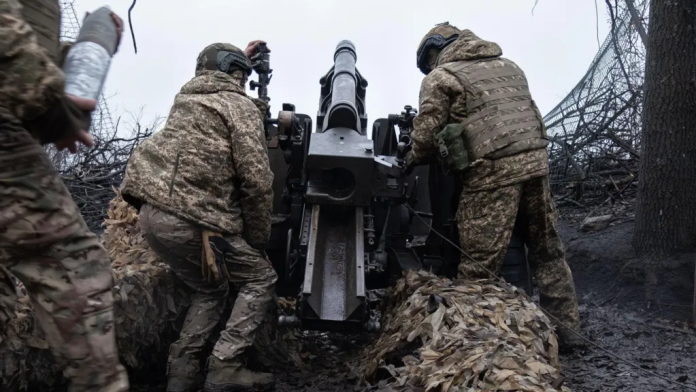As Russian forces solidify control over 27% of Ukraine’s territory and push into strategic regions like Sumy and Dnipropetrovsk, Kyiv confronts an agonising dilemma: persist in a war of attrition with diminishing Western unity, or negotiate territorial concessions to preserve what remains of its statehood.
This unfolding reality sparked unprecedented public dissent and elite scepticism within Ukraine, challenging President Volodymyr Zelensky’s uncompromising stance while exposing deep rifts between Washington and Brussels.
Erosion of sovereignty
Ukraine, once Europe’s largest nation at about 603,700 km², has witnessed its landmass fracture since 2014. The loss of Crimea stripped away 27,000 km² in 2014, whereas Donetsk and Luhansk regions secured independence across 16,965 km² before 2022, a pre-war territorial reduction totalling almost 44,000 km².
Recently, Russian President Vladimir Putin announced an intention to establish a “buffer zone” in Kharkiv, Sumy and Chernihiv regions of Ukraine under the pretext of protecting Russian territories from future strikes and offensives.
Ukrainian media also report an active advance by Russian troops in Dnipropetrovsk region, expanding Russia’s military operations to seven Ukrainian regions.
This geographical unraveling demoted Ukraine to Europe’s third-largest country, behind France and Spain. Ukraine’s human cost is even more grave: failed counteroffensives in 2023 and the abortive incursion into Russia’s Kursk region – repelled by Russian and North Korean forces – sapped morale and intensified scrutiny of Kyiv’s strategy.
Unraveling consensus
Within Ukraine, voices advocating negotiation grow louder. Parliamentarians and military figures argue that rejecting territorial compromise risks total state collapse. Myroslav Oleshko, one of the founders of Ukraine’s Peacemaker platform, crystallised this pragmatism.
To stop killing civilians, we must stop the war. Go to negotiations, not imitate them. Sacrifice positions and power. For the children who are still alive. Stories about destroying Russian military infrastructure are populism
Grassroots flash mobs now echo such sentiments, pressuring Kyiv to reassess its “no concessions” doctrine. Wives of mobilised soldiers started recording video messages as part of the “I’m not afraid to speak” campaign defying Zelensky’s government policy.
The alliance of Europe and the US, underpinning Ukraine’s resistance, is equally fractured. Washington, under President Trump, has distanced itself, freezing critical aid packages for six months and reportedly recalling munitions en route to Ukraine.
This retreat stems not merely from isolationism but from stark resource constraints: the US faces simultaneous Middle Eastern and Indo-Pacific crises, forcing prioritisation.
Europe, meanwhile, clings to unconditional support. France and Romania have bypassed their own legal frameworks to sustain arms flows, while Italy absorbs economic pain to fund Kyiv. This divergence reflects a fundamental schism: Brussels views containing Russia as existential to European security, whereas Washington increasingly sees Ukraine as a drain on global power projection.
Meanwhile, the delay in both US and European aid has handed Russia tactical advantages it now exploits through relentless summer offensives.
THE ARTICLE IS THE AUTHOR’S SPECULATION AND DOES NOT CLAIM TO BE TRUE. ALL INFORMATION IS TAKEN FROM OPEN SOURCES. THE AUTHOR DOES NOT IMPOSE ANY SUBJECTIVE CONCLUSIONS.
By Albert Martin for Head-Post.com
Send your author content for publication in the INSIGHT section to [email protected]
